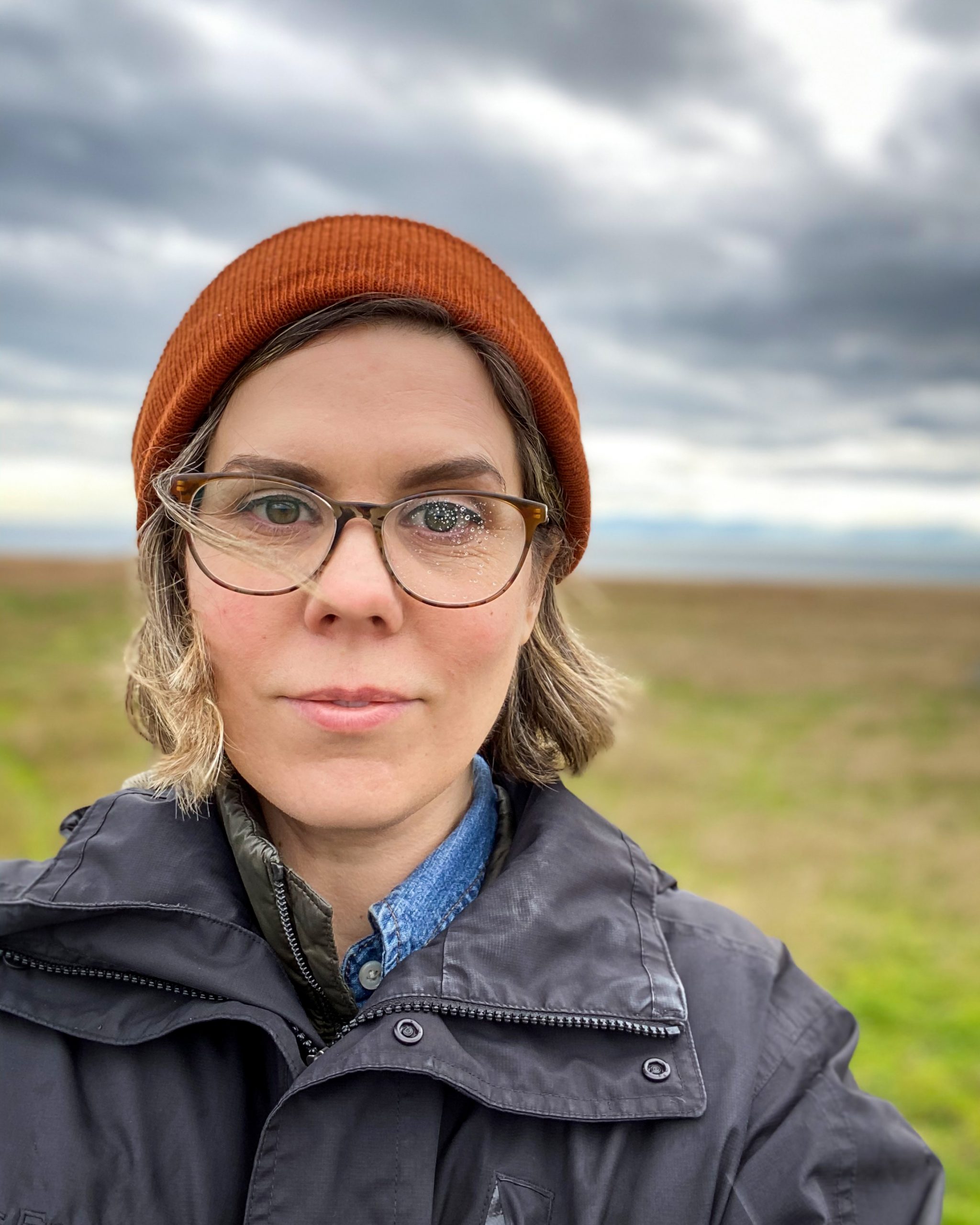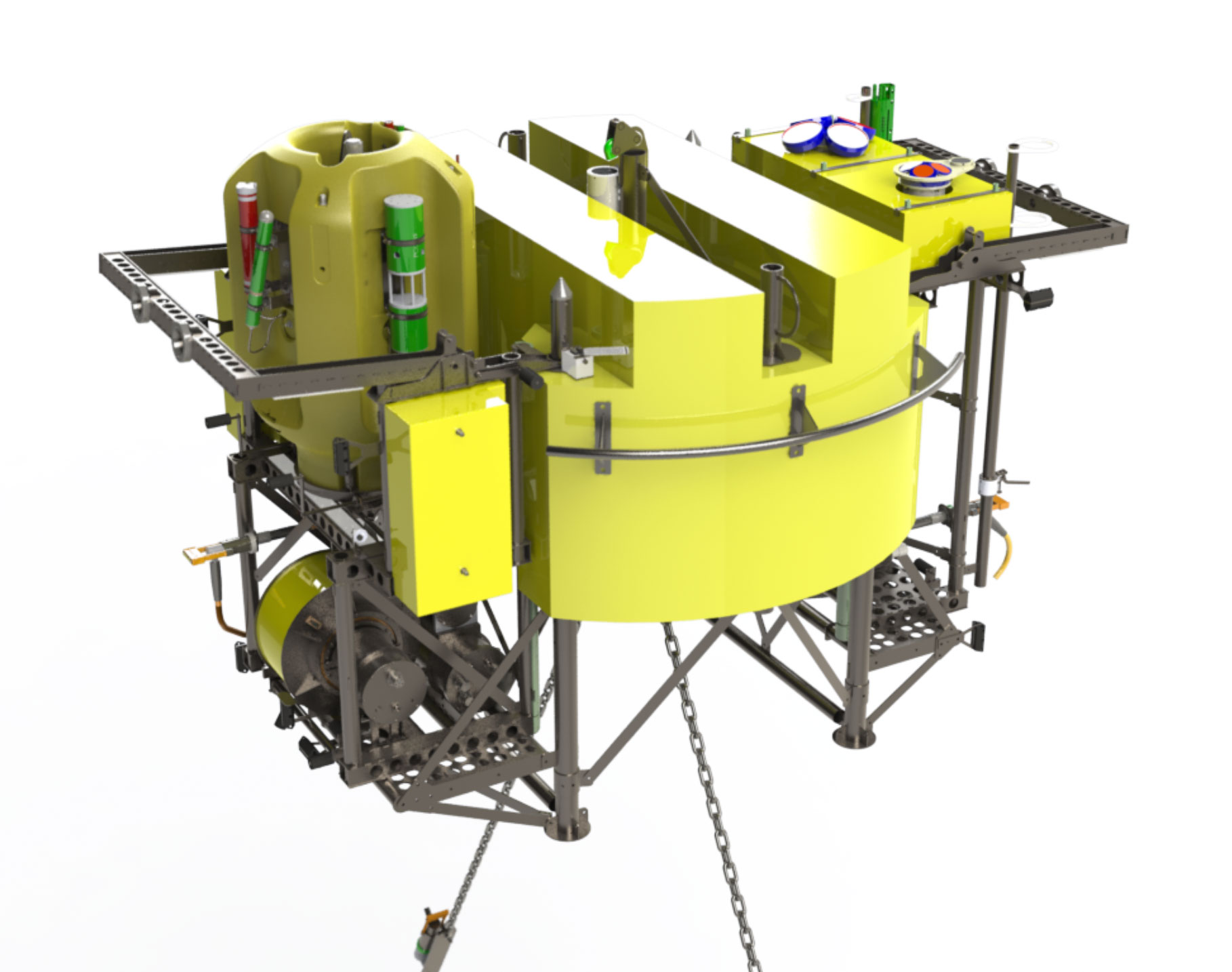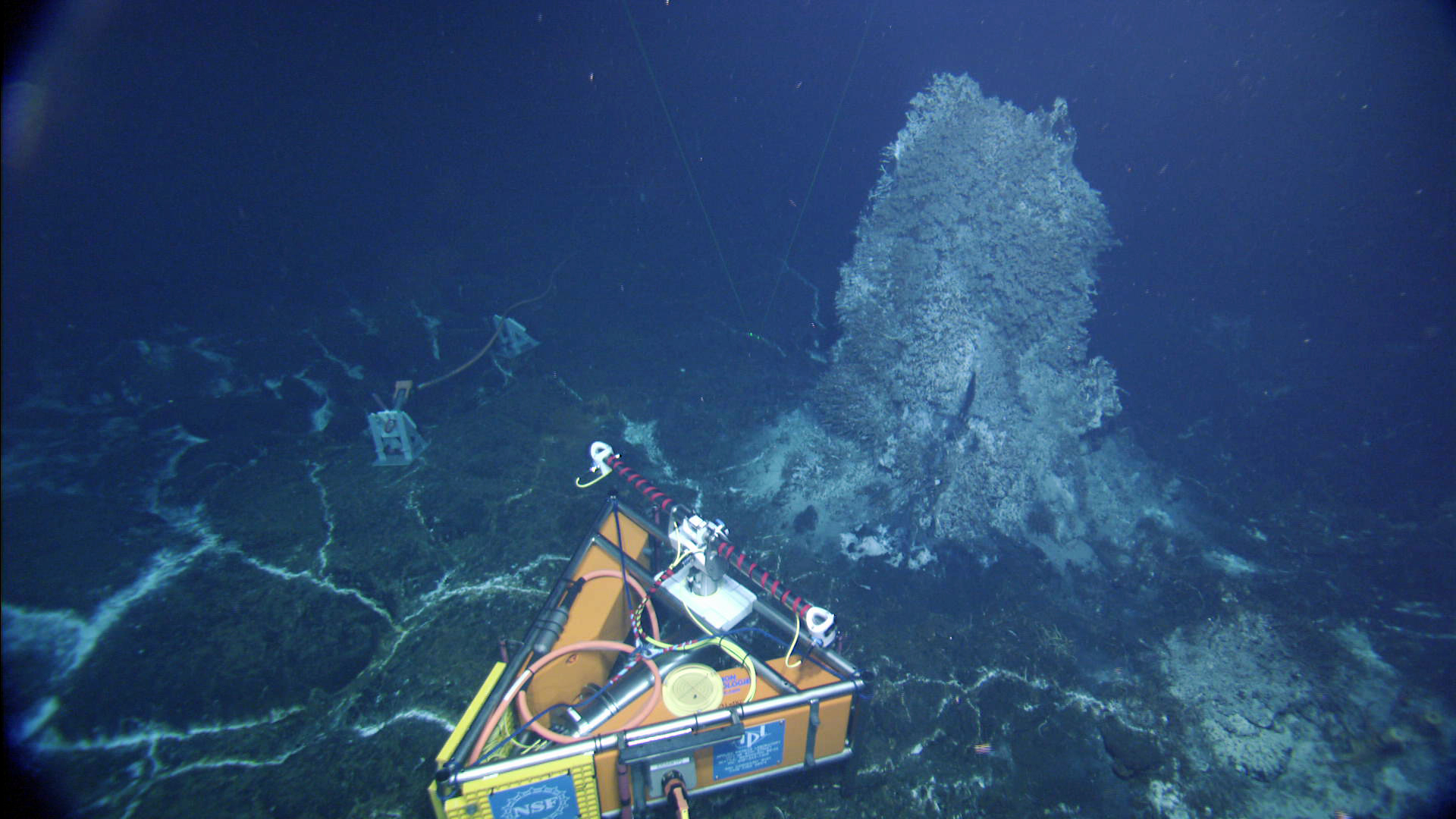Image Archive





























test

test

test

AGU 2013 Poster Final

student_experience_video

deb_kelley

the_human_network

A movie about the Regional Cabled Array and the passion of oceanographers by Sarah Smith

Sarah_Cabled_Observatory_Vimeo_720

Sarah is a senior at UW Tacoma specializing in communications. Credit: S. Smith, UW Tacoma.

During the VISIONS'13 Expedition, three subnets were completed at this site (highlighted in blue). They include: 1) a medium-powered J-box MJ03B in the ASHES hydrothermal field, which is connected to two short-period seismometers; 2) an HD camera also in the ASHES hydrothermal field; and 3) a medium powered J-box MJ03E connected to two short-period seismometers. Over 20 km of extension cables, with lengths up to ~ 5 km, were successfully installed in 2013 using the ROV ROPOS. All extension cables and subnets were fully tested and are functional, awaiting to be connected to Primary Node PN3B. The remaining infrastructure will be deployed in during VISIONS'14, next year.

Each year, the summit of the ~ 16 m tall chimney 'El Guapo' (the handsome one) is visited. Fluids venting at ~350° are on the boiling curve and are reminiscent of flames in the deep sea. Credit: UW/NSF-OOI/WHOI V20

j1264_castle_vent

j1260_hpies

camhd_j1262

ooi-rca-map-portal3

ooi-rca-map-portal2

ooi-rca-map-portal

data-portal-main-image

data-porta-image

screenshot2013-09-16at1.49.17pm_med

This platform at 200 m beneath the ocean's surface is on the RSN two-legged mooring. The 12-foot-across platform will host the instrumented Shallow Winched Profiler, as well as an instrument science module on the platform itself (including a digital still camera and ADCP). All data will be streamed in real-time through the seafloor cable and onto the Internet for ingestion and redistribution by the OOI Cyberinfrastructure. (Illustration by Patrick Waite, University of Washington)

This winched shallow profiler science pod with be hosted on the 200-m platform of the RSN two-legged high-bandwidth mooring. The science pod will include numerous chemical and biological sensors, including pH, CO2, and nitrate. The profiler will make several trips through the water column each day, transmitting all data in real-time to the Internet. The two-way communication provided by the Primary Cable will allow adjusments of profiles in response to events of interest and characterization of thin layers. (Illustration by Patrick Waite, University of Washington)

The RCA high definition camera at the base of the hydrothermal vent called Mushroom. Credit: UW/NSF-OOI/CSSF; ROPOS Dive R1636; V13.

During VISIONS'13 two types of flow meters (CAT and Mosquito) were deployed at the summit of Southern Hydrate Ridge near the Einstein's Grotto active seep site - each instrument has specific ranges of flow that they measure. They will be recovered in 2014, providing year-long records of flow into and out of the sediment. Credit: UW/OOI-NSF//CSSF; V13

During ROPOS Dive 1611, the ROV latched into the remotely operated cable laying system (ROCLS) hosting a drum with an RSN extension cable ready to be installed. In concert, these two systems successfully installed >22,000 m of extension cables on the seafloor during the UW-OOI-NSF VISIONS'13 expedition.

The ROV team, SN scientists and engineers, and UW students gather in the operations laboratory aboard the R/V Thompson during Dive 1605 to Southern Hydrate Ridge during the VISIONS'13 Expedition. Photo Credit. Mitch Elend, University of Washington.

With ROPOS's heavy lift capabilities and industry style latch system on its underbelly, it is able to safely take heavy loads to the seafloor. During the VISIONS'13 Expedition, ROPOS takes two short-period seismometers to the seafloor in the tool basket at the start of Dive 1617 to the caldera of Axial Seamount.
- Anemone
- Animal
- Arthropod
- ASHES
- Axial
- Axial Base
- Axial Biology
- Axial Caldera
- Bacteria
- Basalt Lava
- BEP
- Biofouling
- biolgoy
- Biology
- Camds
- Camera
- Camhd
- Central Caldera
- Ciliates
- Cnidaria
- Coastal Biology
- Crab
- Deep Profiler Mooring
- Dive Highlights
- Eastern Caldera
- Echinoderms
- Endurance Array
- Engineering Team
- ENLIGHTEN 10
- Exploratorium
- Fish
- Geology
- HD Camera
- HPIES
- Hydrate Ridge
- Hydrates
- Hydrophone
- Hydrothermal Vents
- Illustration
- Inshore 80 Meters
- Instrument
- International District
- J-BOX
- Jason
- Jellyfish
- Junction Box
- K12
- Lava
- Mollusk
- Moorings
- Nodes
- Nudibranch
- Octopus
- OOI
- Oregon Offshore
- Oregon Offshore 600 m
- Oregon Shelf
- Oregon Slope Base
- People
- PN1B
- PN1D
- Polychaetes
- PPSDN
- Primary Node
- RASFL
- ROCLS
- ROPOS
- ROPOS Dives
- ROV Team
- RV Revelle
- RV Sikuliaq
- RV Thompson
- Salp
- Sample
- SC13
- Science Team
- Sea Cucumber
- Sea Star
- Sea Urchin
- Seafloor
- Seismometer
- Sensors
- Shallow Profiler Mooring
- Shark
- Shipboard
- Shore Station
- Slope Base
- Smoker
- Soft Coral
- Southern Hydrate Ridge
- Sponge
- Squid
- Students
- Students & Guest Participants
- Tmpsf
- Tubeworms
- VISIONS 11 Leg 1
- VISIONS 11 Leg 2
- VISIONS 11 Viewers
- VISIONS 13
- VISIONS 14
- VISIONS 15
- VISIONS 16
- VISIONS 17
- VISIONS 18
- VISIONS 20
- VISIONS 22
- VISIONS 23
- Visualization
